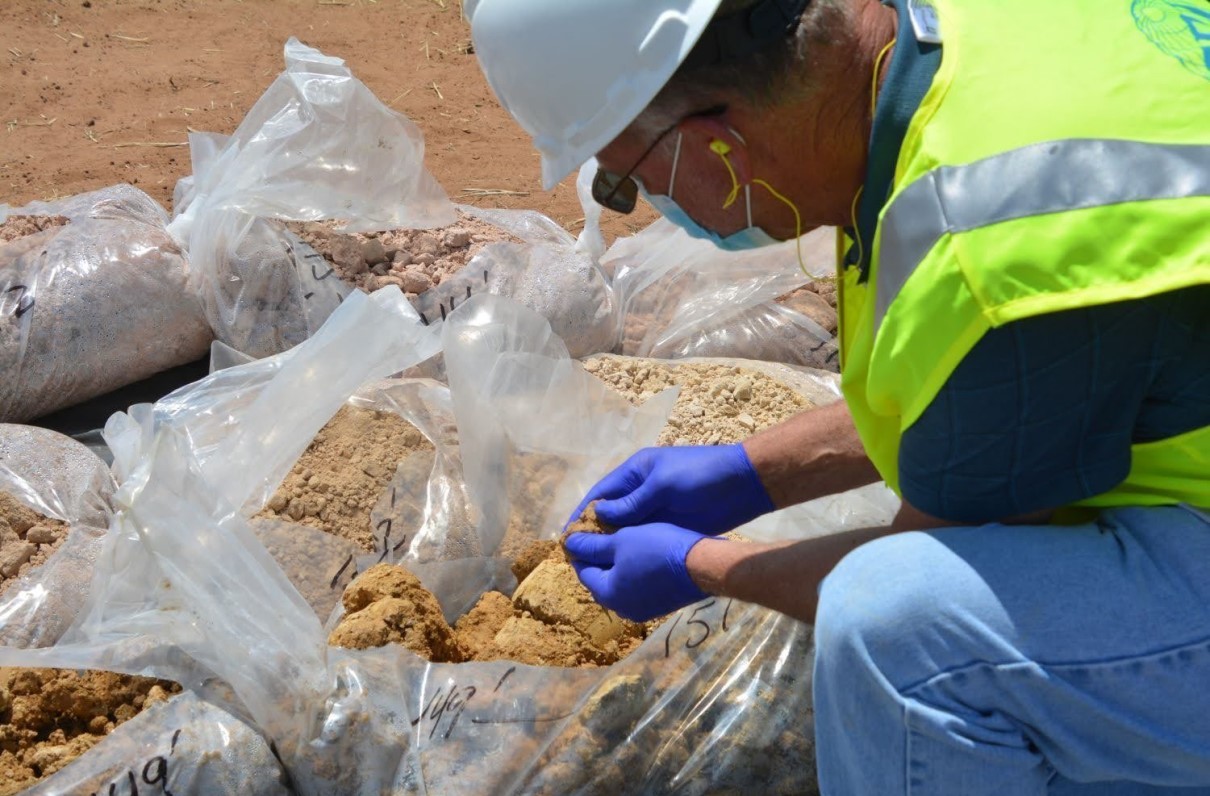This article by Leo Shane III originally appeared on Military Times, the nation's largest independent newsroom dedicated to covering the military and veteran community.
Funding to clean up toxic military sites is not keeping up with the rising costs of the work, potentially pushing back completion of the efforts by decades, an environmental group warned on Monday.
The disparity raises questions about the Defense Department’s ability and commitment to solving the problem of lingering perfluorinated and polyfluorinated alkyl substances (better known as PFAS), used widely in the past in military firefighting foam. They may already be causing harmful environmental effects at military bases and inactive Defense Department locations.
A new analysis released by the Environmental Working Group says the price tag for cleaning up the “forever chemicals” swelled by $3.7 billion from 2016 to 2021, to total about $31 billion. But the Pentagon’s budget for the work rose only $400 million over that time period.
[RELATED: PACT Act Claims Reach Major Milestone]
“The Defense Department is facing a ticking cleanup time bomb as funding falls dramatically behind cleanup costs,” said Jared Hayes, a senior policy analyst at EWG, in a statement. “It’s clear that funding at current levels cannot possibly catch up to rising cleanup obligations.”
Defense Department officials did not respond to requests for comment. The department’s cleanup budget for affected sites in fiscal year 2021 was about $1.3 billion.
The department has stated that at least 707 military sites may have lingering contamination related to PFAS. Defense officials have in the past promised a full review of the scope of the problem.
Researchers from EWG said that without increased funding and focus on the problem “some sites plagued by these toxic chemicals might not get cleaned up for more than half a century.” The chemicals have been linked to a host of health problems, including increased risk of certain cancers, metabolic disruption and harm to individuals’ reproductive systems.
[FROM 2020: Dozens More Military Bases Have Suspected ‘Forever Chemical’ Contamination]
Environmental Working Group leaders said they want to see the funding levels for cleanup efforts significantly increased in fiscal 2024 — to $2.75 billion, almost double what the department requested — and maintained at a high level until the problems are resolved.
That funding level disparity is likely to be a point of debate in the upcoming congressional work on the annual defense authorization bill. Senate and House lawmakers are expected to write their respective drafts of the policy bill next month.
Other articles by Military Times:
‘Devastating’ debt default threatens troop pay, defense programs
Camp Lejeune’s poisoned water caused higher rates of Parkinson’s
Marine veteran turns side gig into security company
More Members Mean More Influence Over Our Health Care
Get involved and make sure your interests are addressed. Because the larger our voice is, the greater our impact will be.
